Anis Koubaa - Robot Path Planning and Cooperation: Foundations, Algorithms and Experimentations
Here you can read online Anis Koubaa - Robot Path Planning and Cooperation: Foundations, Algorithms and Experimentations full text of the book (entire story) in english for free. Download pdf and epub, get meaning, cover and reviews about this ebook. year: 2018, publisher: Springer, genre: Romance novel. Description of the work, (preface) as well as reviews are available. Best literature library LitArk.com created for fans of good reading and offers a wide selection of genres:
Romance novel
Science fiction
Adventure
Detective
Science
History
Home and family
Prose
Art
Politics
Computer
Non-fiction
Religion
Business
Children
Humor
Choose a favorite category and find really read worthwhile books. Enjoy immersion in the world of imagination, feel the emotions of the characters or learn something new for yourself, make an fascinating discovery.
- Book:Robot Path Planning and Cooperation: Foundations, Algorithms and Experimentations
- Author:
- Publisher:Springer
- Genre:
- Year:2018
- Rating:4 / 5
- Favourites:Add to favourites
- Your mark:
Robot Path Planning and Cooperation: Foundations, Algorithms and Experimentations: summary, description and annotation
We offer to read an annotation, description, summary or preface (depends on what the author of the book "Robot Path Planning and Cooperation: Foundations, Algorithms and Experimentations" wrote himself). If you haven't found the necessary information about the book — write in the comments, we will try to find it.
This book presents extensive research on two main problems in robotics: the path planning problem and the multi-robot task allocation problem. It is the first book to provide a comprehensive solution for using these techniques in large-scale environments containing randomly scattered obstacles. The research conducted resulted in tangible results both in theory and in practice. For path planning, new algorithms for large-scale problems are devised and implemented and integrated into the Robot Operating System (ROS). The book also discusses the parallelism advantage of cloud computing techniques to solve the path planning problem, and, for multi-robot task allocation, it addresses the task assignment problem and the multiple traveling salesman problem for mobile robots applications. In addition, four new algorithms have been devised to investigate the cooperation issues with extensive simulations and comparative performance evaluation. The algorithms are implemented and simulated in MATLAB and Webots.
**
Anis Koubaa: author's other books
Who wrote Robot Path Planning and Cooperation: Foundations, Algorithms and Experimentations? Find out the surname, the name of the author of the book and a list of all author's works by series.


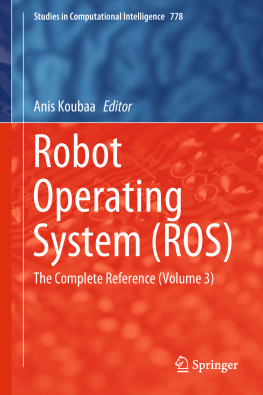
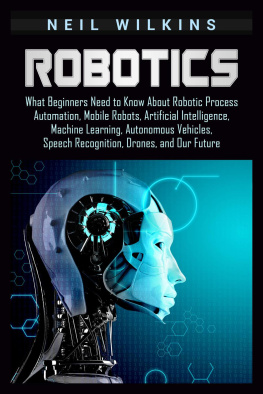


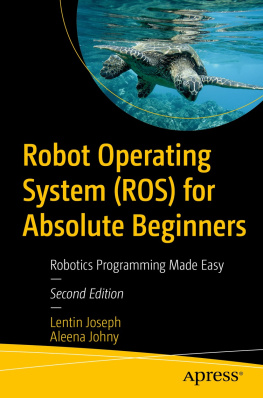
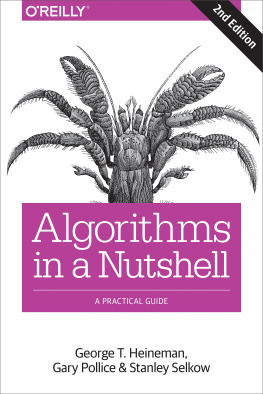


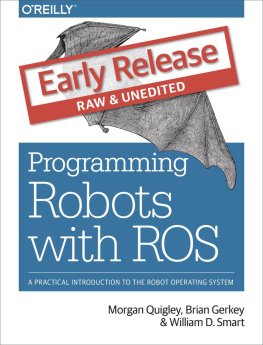

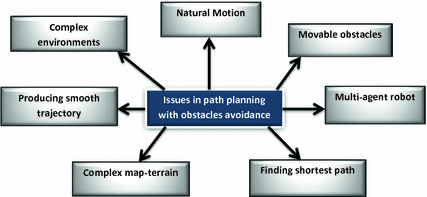
 : The robot , it is a single moving rigid object in world W represented in the Euclidean space as
: The robot , it is a single moving rigid object in world W represented in the Euclidean space as  or
or  .
.